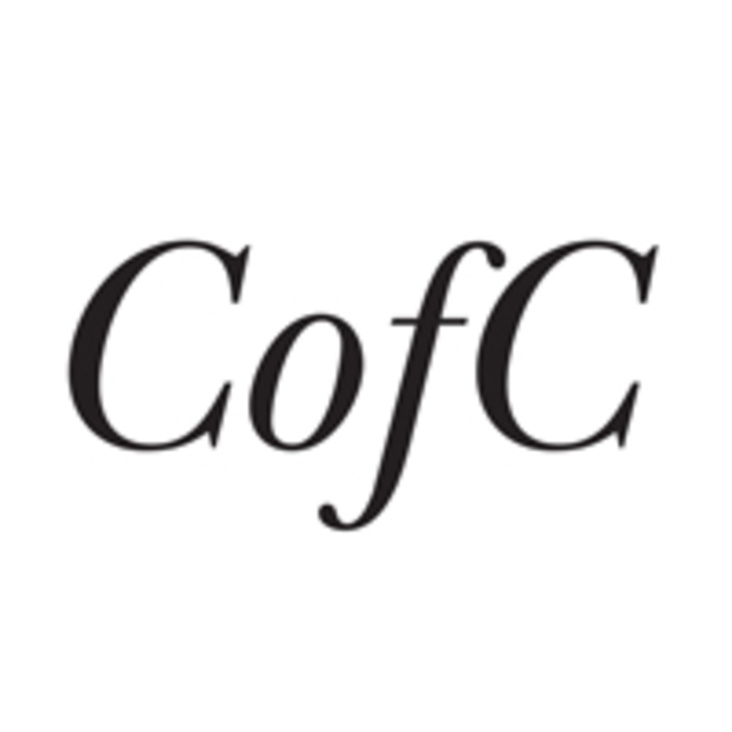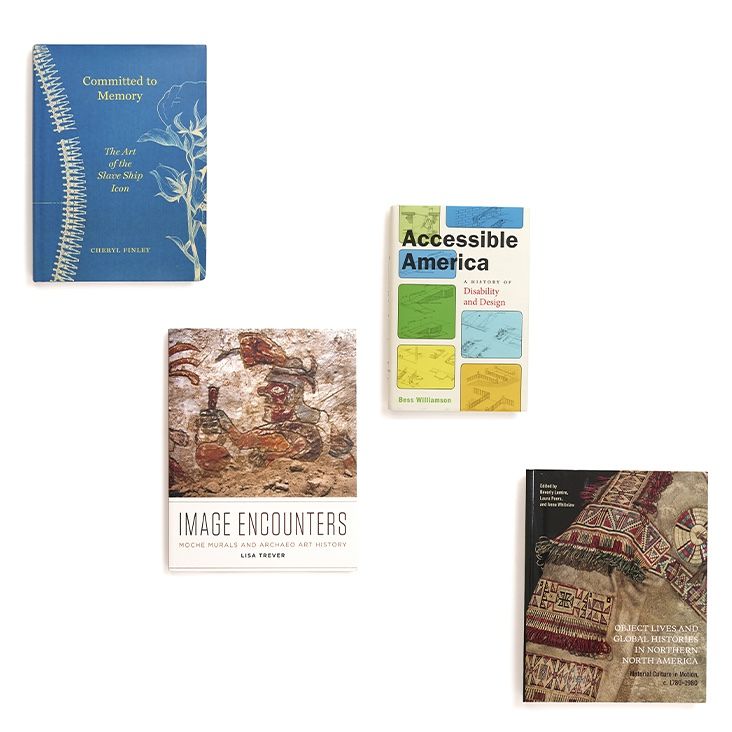
Attributed to Ldaaxeen/Sitka Jack and Koosk’aa/Susie, Tlingit
Silver
Collected by Mrs. J. W. Haslehurst in 1891
American Museum of Natural History 16.1/1244
Alaskan souvenir spoons are numerous in museum collections, but until recently information on them has been scarce. Although silver was a material known to the nineteenth-century coast only through trade, Native peoples had a long tradition of working copper and iron. After the 1860s, when supplies of the material increased, silver items were made for both Native and Euro-American consumption. This spoon, probably depicting bear and raven motifs, was likely crafted from American coinage, the most common source of silver among Natives. The distinctive bold, hatched script engraved on the bowl of this spoon has made it possible to identify the makers, who are mentioned by name in traveler accounts. Souvenir spoons were extremely popular with female tourists during the Victorian era, and Mary Alice Haslehurst likely collected this spoon as a material remembrance of her steamship travels. At the same time, objects of this kind are material evidence of the creative ways in which Tlingit metalworkers expressed their continued artistic vitality in the face of rapid social and economic transformation.




















